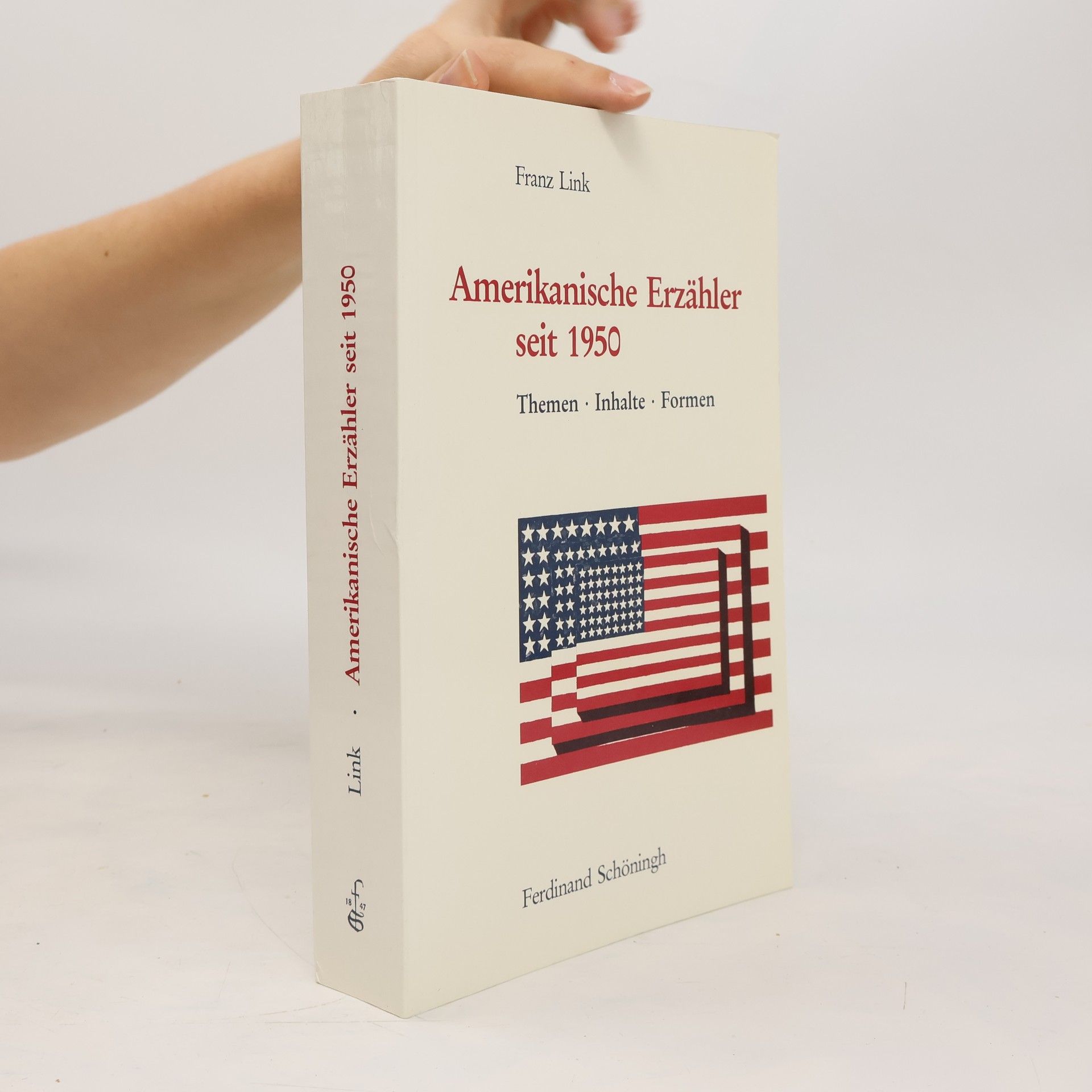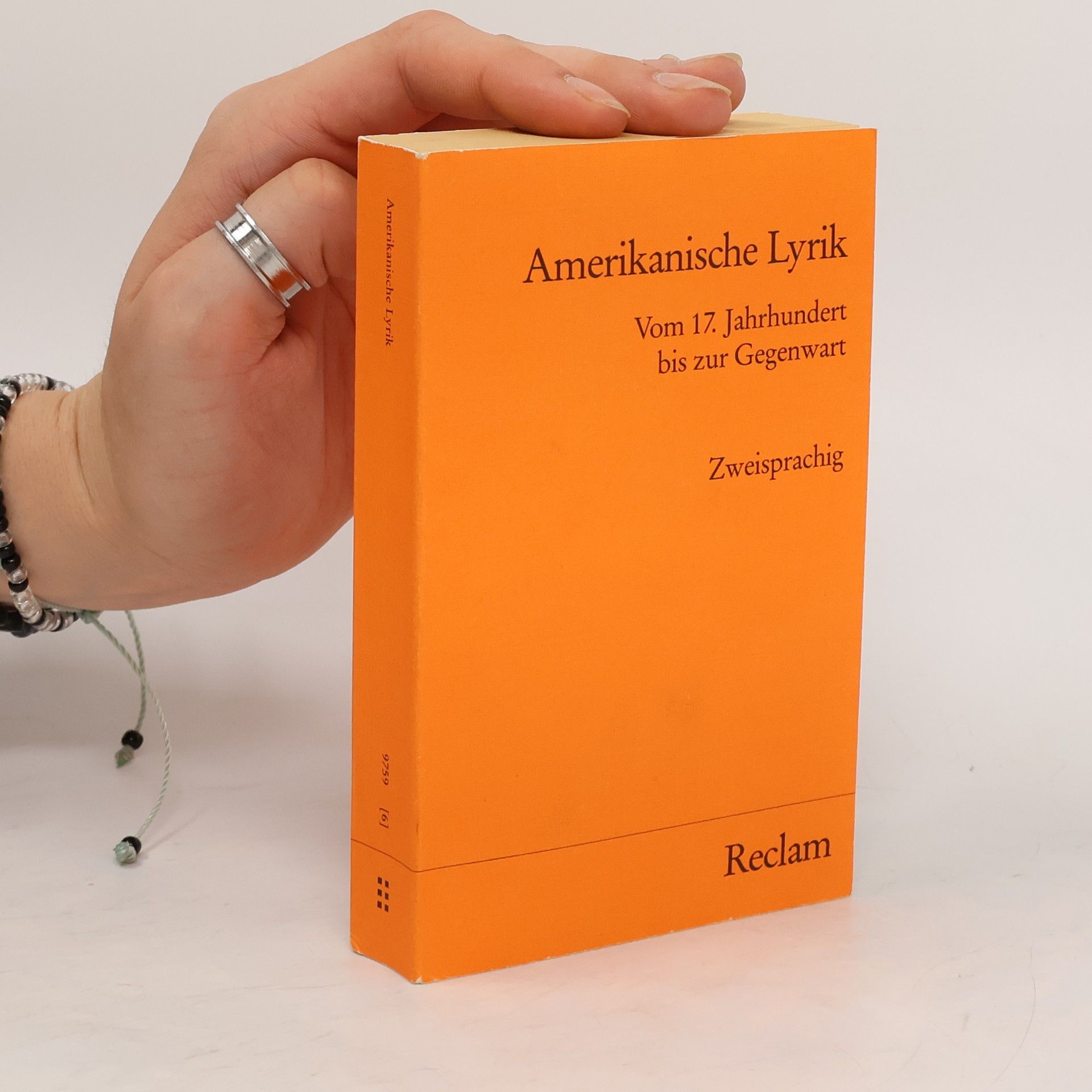Amerikanische Lyrik
- 631 stránek
- 23 hodin čtení


Beat, Vietnam, LSD, Sex, Women's Lib, Black Power - das Spektrum von Themen und Einflüssen der amerikanischen Erzählkunst seit 1950 scheint grenzenlos. So unerschöpflich der thematische Reichtum so unüberblickbar präsentiert sich das Feld ihrer Schöpfer: von Saul Bellow, Bernhard Malamud und Philip Roth über James Jones und Norman Mailer bis hin zu Thomas Pynchon, Vladimir Nabokov und Joyce Carol Oates.In diesem umfassenden Kompendium stellt Link mehr als fünzig Autoren mit ihren Hauptwerken vor und ordnet sie Stilrichtungen zu, so daß ein präzises Bild der amerikanischen Erzählkunst der letzten vierzig Jahre entsteht.